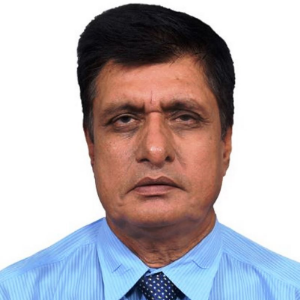Abstract:
Pediatric obesity (also termed as “childhood obesity”) is a major global health crisis that, in turn, has resulted in other associated health complications, including increased risks for diabetes (including type 2 diabetes), heart disease, and high blood pressure. The World Health Organization (WHO) has recognized it as a serious public health challenge the international community is confronted with in the 21st century. It is pertinent to note that childhood obesity is more prevalent in low- and middle-income countries, with poor (or inadequate) health infrastructure. What is alarming is that the prevalence of pediatric obesity (which is the outcome of imbalance between “calorie intake” and “calories utilized”) has increased with each passing year, across the regions of the globe. Understanding childhood obesity and how to prevent it is, thus, is of utmost importance for health care providers.
This research work aims to investigate into causes, symptoms and prevention of pediatric obesity. Appropriate examples and scientific facts in support of the research statements made have been quoted by the author. Secondary data been used in this work, and method of data analysis is ‘descriptive’. Data are largely ‘qualitative’ in nature; they were collected from secondary sources. Analysis of data also benefitted from author’s interactions with health experts during international conferences.
Analysis of data indicates that pediatric obesity is a health condition wherein children and adolescents (in the age group of 13-18 years) accumulate excess body fat during early years of life. This situation paves the way for other health conditions [such as diabetes and high blood pressure (including poor self-esteem, and depression)] among them. Childhood obesity also can lead to poor self-esteem and depression. According to considered research view of the author of this research, the symptoms of obesity are not clear-cut; reflections are not simply based on how children look. In this context, it is important to remember that some children have larger than average body frames. Again, it is common to for other children to carry different amounts of body fat at the various stages of development, as they age. Nevertheless, the body mass index (BMI) enables Doctors know overweight and obese status. However, it is possible to manage and prevent pediatric obesity by exercising caution in maintaining balanced nutrition pattern. This practice enables children to lead an active lifestyle during later stages of life. Risk factors include: (1) eating habits, (2) not enough movement, (3) mental health factors, and (4) certain medication (past medical history).
In conclusion, the author of this work states that pediatric obesity is a serious health condition wherein excess body fat which has adverse effects on health and well-being of children. Some of the prominent contributing factors responsible for this health crisis are genetic, environmental, and socio-economic influences. Prevention strategies include (1) “increased physical activity”, (2) “healthy eating habits”, (3) “looking into underlying medical or psychological issues”, and (4) “family-based intervention programs”.




